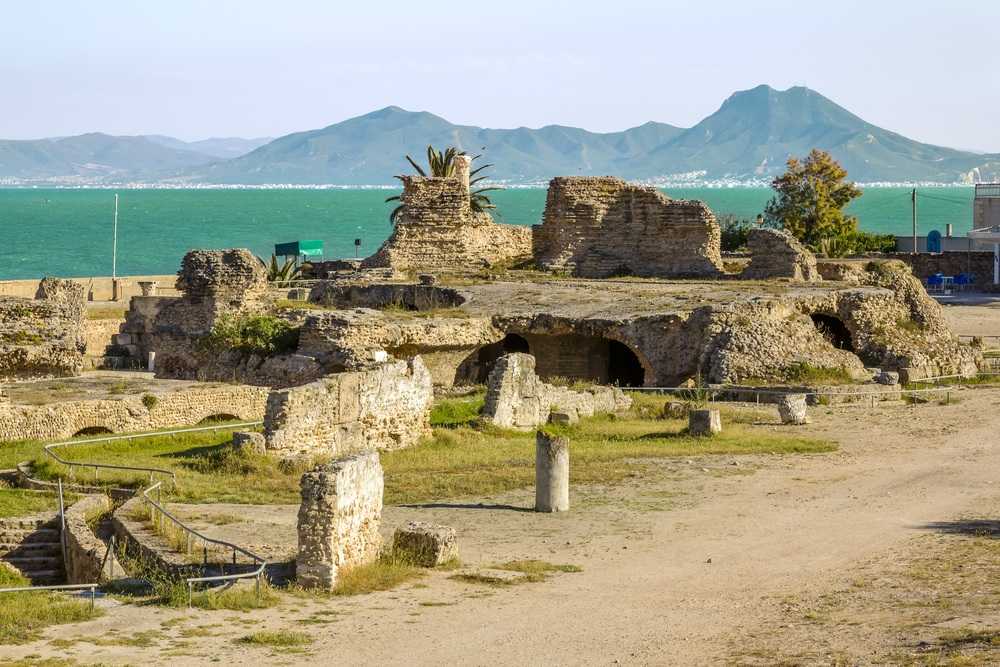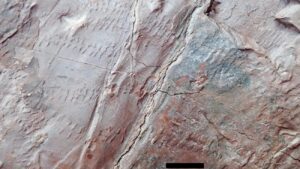Exploring Ichkeul National Park: A UNESCO World Heritage Site
Nestled in the northern part of Tunisia, Ichkeul National Park is a natural wonder that captivates visitors with its stunning landscapes and rich biodiversity. Recognized as a UNESCO World Heritage Site, this park is a haven for nature enthusiasts and bird watchers alike. Whether you’re an avid hiker or simply looking to immerse yourself in the tranquility of nature, Ichkeul offers a unique experience that is both educational and awe-inspiring.
What to See
Ichkeul National Park is renowned for its diverse ecosystems, which include a large lake, marshlands, and surrounding mountains. The park is particularly famous for its role as a crucial stopover for migratory birds. During the winter months, the park becomes a vibrant sanctuary for thousands of birds, including flamingos, storks, and various species of ducks. Bird watchers will find themselves in paradise, with opportunities to observe these magnificent creatures in their natural habitat.
Apart from bird watching, the park offers several hiking trails that wind through its picturesque landscapes. The trails vary in difficulty, making them accessible to both casual walkers and seasoned hikers. As you explore, you’ll encounter a variety of plant species, some of which are endemic to the region. The views from the higher elevations are breathtaking, offering panoramic vistas of the lake and surrounding countryside.
A Bit of History and Interesting Facts
Ichkeul National Park holds a significant place in history due to its ecological importance. The park’s lake, Lake Ichkeul, is the last remaining lake in a chain that once extended across North Africa. Historically, these lakes were vital for the survival of migratory birds, providing them with a place to rest and refuel during their long journeys.
In the past, the park faced challenges due to human activities, such as dam construction and water diversion, which threatened its delicate ecosystems. However, concerted conservation efforts have been made to restore and protect the park, ensuring its survival for future generations. In 1980, Ichkeul was designated a UNESCO World Heritage Site, highlighting its global significance and the need for its preservation.
An interesting fact about Ichkeul is that it is one of the few places in the world where you can witness the unique phenomenon of a lake that changes from fresh to saltwater. This transformation occurs due to seasonal variations in water levels and salinity, creating a dynamic environment that supports a wide range of flora and fauna.
How to Get There and Tips for First-Time Visitors
Reaching Ichkeul National Park is relatively straightforward. The park is located about 25 kilometers southwest of the city of Bizerte and approximately 75 kilometers from the capital city, Tunis. If you’re traveling from Tunis, you can take a bus or hire a taxi to Bizerte, and from there, local transportation options are available to reach the park. Alternatively, renting a car provides more flexibility and allows you to explore the surrounding areas at your own pace.
For first-time visitors, it’s advisable to plan your visit during the cooler months, from October to April, when the weather is pleasant and the bird migration is at its peak. Be sure to bring binoculars for bird watching, comfortable walking shoes for hiking, and a camera to capture the stunning scenery. The park has a visitor center where you can learn more about its history and ecology, and guided tours are available for those who wish to gain deeper insights into the park’s natural wonders.
In conclusion, Ichkeul National Park is a must-visit destination for anyone traveling to Tunisia. Its unique blend of natural beauty, rich biodiversity, and historical significance make it a place of wonder and discovery. Whether you’re exploring its trails, observing its wildlife, or simply soaking in the serene atmosphere, Ichkeul offers an unforgettable experience that will leave you with a deeper appreciation for the natural world.








